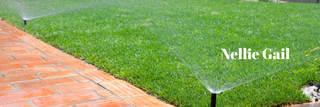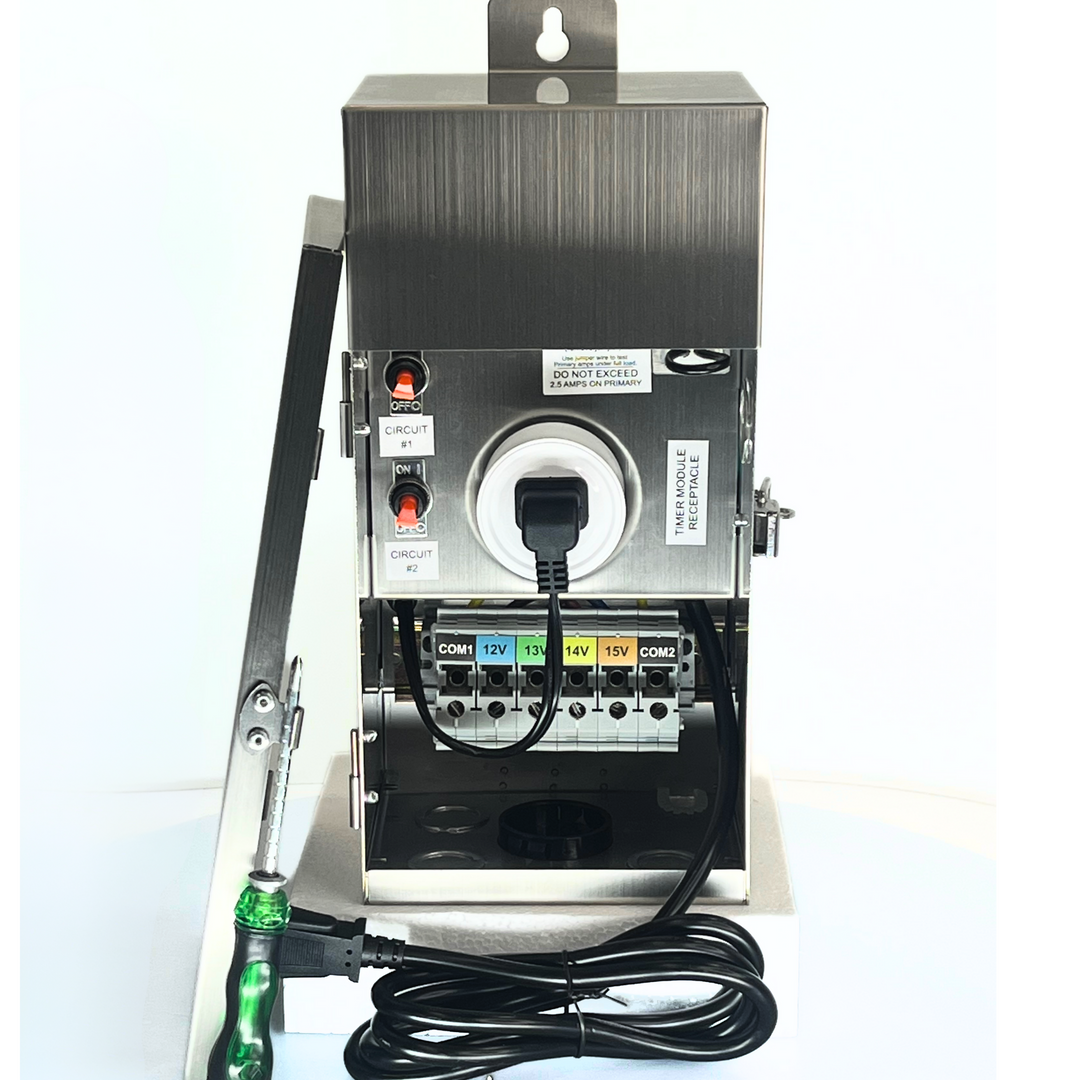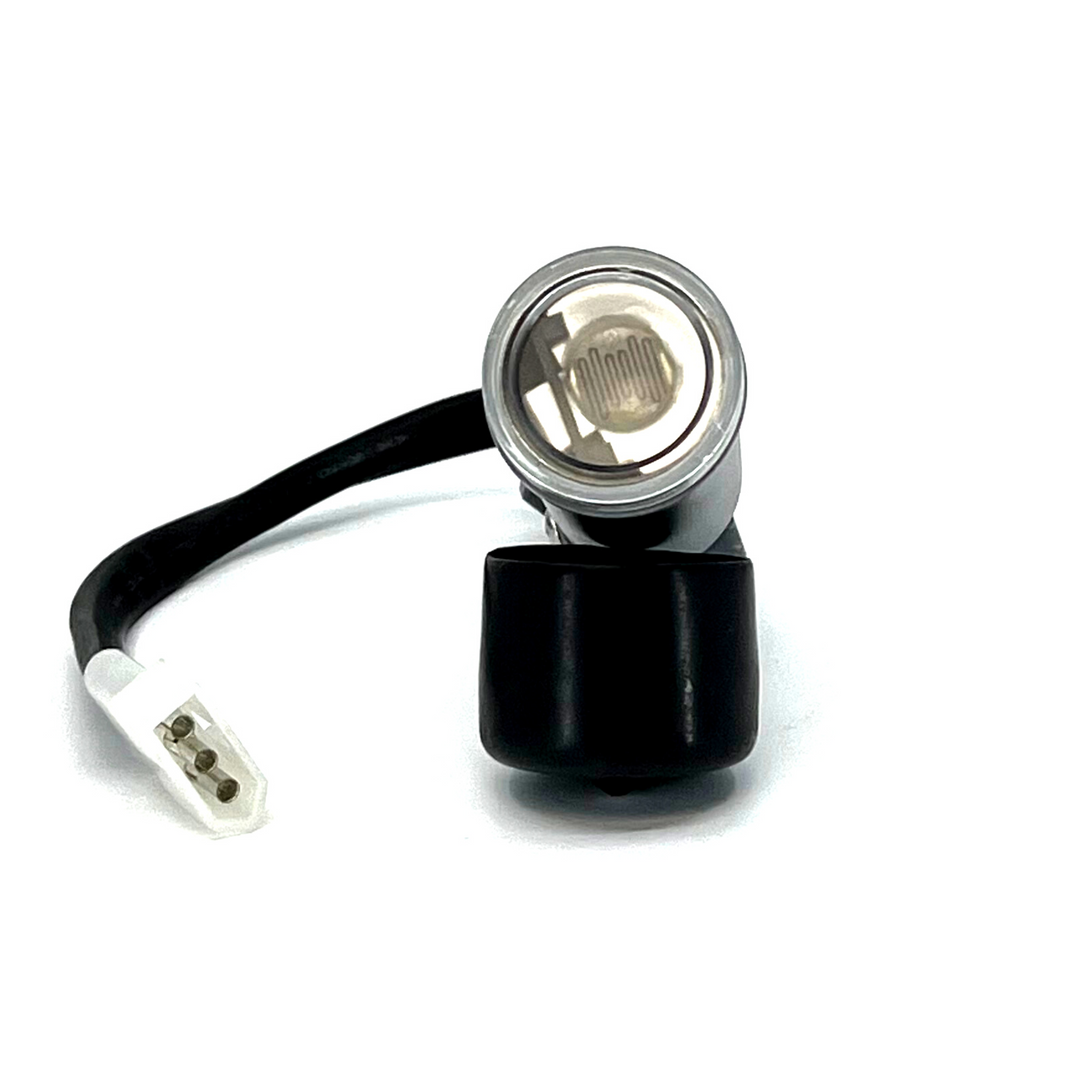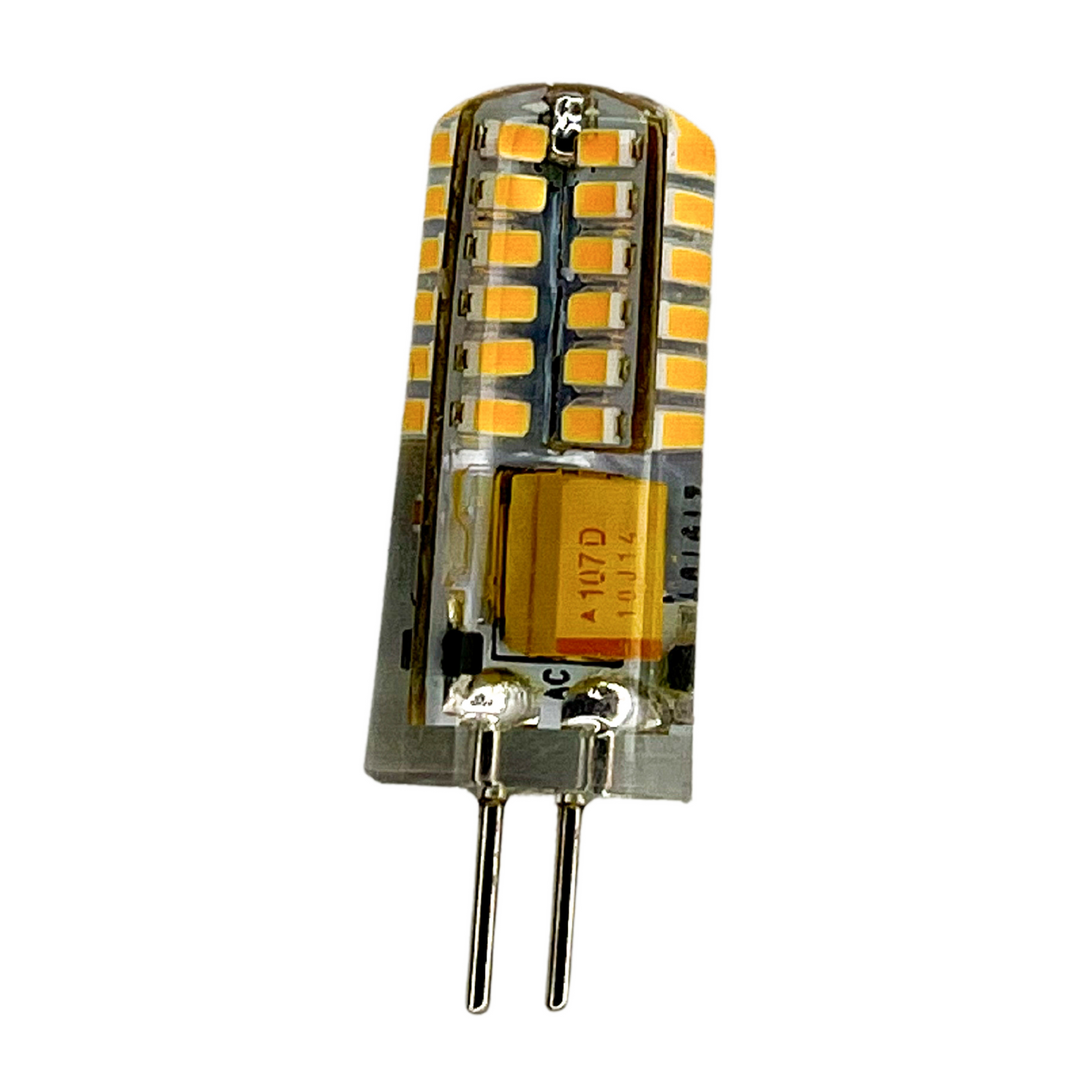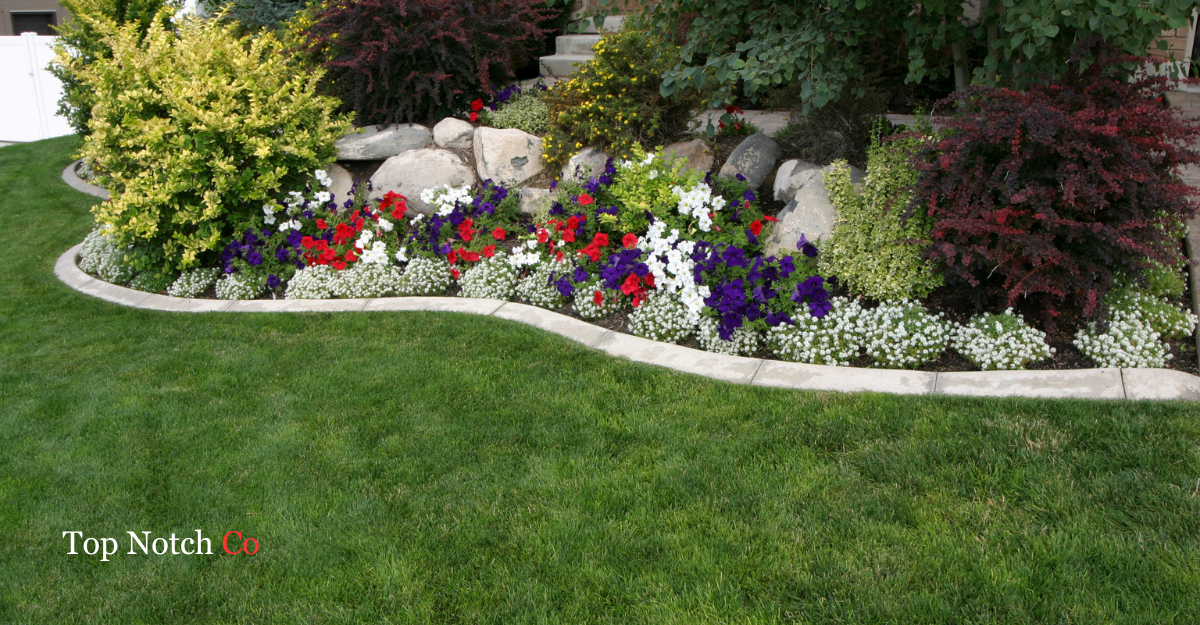
SOS: Save Our Sprinkler System! We're Here to Fix It
|
|
Time to read 6 min
Sprinkler systems play a crucial role in maintaining the health and beauty of lawns and gardens. But when they falter, they can lead to a host of problems ranging from parched patches of grass to waterlogged flower beds. This guide aims to empower homeowners with knowledge and practical solutions to common sprinkler system issues. Whether you’re grappling with minor annoyances or major malfunctions, this article provides clear, step-by-step guidance for both DIY fixes and times when professional intervention is the best course.
Fixing Your Sprinkler: Understanding Your System
Before diving into repairs, it's important to understand the basic components of a sprinkler system. This includes the controller (which operates the system), valves (which release water to the sprinklers), sprinkler heads (which distribute water to your lawn), and piping. Familiarizing yourself with these elements can make diagnosing issues more straightforward.
Common Sprinkler System Problems and DIY Solutions
Clogged Nozzles
Detail: Nozzles can become clogged with dirt, grass clippings, or mineral deposits from hard water, leading to uneven watering or dry spots. Expanded Solution: Regular cleaning of nozzles is crucial. After removing the nozzle, soak it in a vinegar solution to dissolve mineral deposits. Use a fine wire or toothpick to clear debris from the tiny holes. Reattach the nozzle and run the system to check if the issue is resolved.
Broken Sprinkler Heads
Detail: Sprinkler heads can be damaged by lawn mowers, foot traffic, or natural wear and tear. A damaged head can either leak excessively or fail to dispense water efficiently. Expanded Solution: Replacing a sprinkler head requires selecting the right type and size. After purchasing a compatible head, make sure to adjust its spray pattern and distance to suit the specific area of your lawn. Regular inspection for damage or wear is key to preventing water waste.
Leaks and Damaged Pipes
Detail: Underground leaks can be challenging to detect but are often indicated by unusually soft ground or unusually lush areas of grass. Expanded Solution: Repairing underground leaks might require digging up parts of your lawn to access and replace the damaged pipe. Once the new pipe is installed, it’s important to test the system for any additional leaks before refilling the trench.
Identifying and Resolving Electrical Issues
Electrical Problem Diagnosis
Detail: Sprinkler zones failing to activate can be due to electrical issues in the system's controller, solenoids, or wiring. Expanded Approach: Check the controller’s display for error messages or signs of malfunction. If the controller appears to be working but zones are still not activating, the issue might be with the solenoids or wiring. Solenoids can be tested with a multimeter for electrical continuity. If a solenoid is defective, it will need to be replaced.
Fixing Solenoids and Wires
Detail: Solenoids act as a bridge between the controller and the valves. Wires can become disconnected or damaged over time, leading to system failure. Expanded Solution: Replacing a solenoid involves carefully disconnecting the old solenoid, making sure to note the wiring configuration. After installing the new solenoid, rewire it as per the original setup. Damaged wires should be replaced with the same type and gauge of wire, ensuring all connections are waterproofed.
Advanced Sprinkler System Care
Seasonal Adjustments
Advice: Adjusting your sprinkler system according to the season is crucial. In hotter months, increase watering frequency, whereas in cooler months, reduce it to prevent overwatering.
Water Pressure Issues
Insight: Incorrect water pressure can lead to either under-watering or misting, which reduces the efficiency of your sprinkler system. Installing a pressure regulator can help maintain optimal pressure levels.
When to Call the Professionals
Complex Repairs and Overhauls
Advice: Some repairs, especially those involving major overhauls of the system or electrical rewiring, should be left to professionals. They have the expertise and equipment to handle complex issues without risking further damage.
System Upgrades and Efficiency Improvements
Insight: Professionals can also help with system upgrades, such as installing smart controllers or rain sensors, which can improve efficiency and save water.
Step-by-Step Guide to Replacing a Sprinkler Solenoid
Detailed Instructions
Preparation: Ensure the replacement solenoid is the correct model. Turn off the system’s power and water supply before starting. Removal: Carefully disconnect the solenoid’s wires, remembering their configuration. Unscrew the old solenoid from the valve. Installation: Attach the new solenoid, ensuring it’s securely in place. Reconnect the wires as they were previously configured. Turn on the power and water supply, and test the system for functionality.
Regular Maintenance to Avoid Future Problems
Routine Checks and Adjustments
Detail: Regular maintenance should include checking for leaks, cleaning filters, adjusting sprinkler heads for optimal coverage, and ensuring the timer is set correctly for the current season.
Winterizing Your Sprinkler System
Advice: In regions with freezing temperatures, it's important to winterize your sprinkler system to prevent damage. This process involves draining all the water from the system and might be best handled by a professional.
Repairing Waterline Leaks
Detailed Repair Process
Detection: Use waterproof tape to mark the location of the leak once identified. Repair: Cut out the damaged section of the pipe and replace it with a new piece, using couplings and PVC glue. Allow adequate time for the glue to dry before turning the system back on.
This quote emphasizes the importance of proactive maintenance and timely repairs in sprinkler systems, highlighting the idea that addressing small issues early can prevent larger, more costly problems.
Frequently Asked Questions
Here are six unique and insightful questions about fixing sprinkler systems, along with comprehensive answers:
1. What Are Common Sprinkler System Issues and Their DIY Solutions?
Answer: Common issues include clogged nozzles, broken sprinkler heads, and leaks near tree or hedge roots suggesting damaged pipes. DIY solutions can be straightforward, such as cleaning clogged nozzles, adjusting spray patterns, or replacing damaged heads.
2. How Do You Identify and Fix Electrical Issues in a Sprinkler System?
Answer: Electrical problems often manifest as zones not turning on. To fix, check connections in the controller, ensure the transformer is plugged in, and the circuit breaker is on. Use a multimeter to test for voltage and resistance to diagnose issues like faulty solenoids or damaged wires.
3. When Should You Consider Professional Sprinkler Repair Services?
Answer: Professional services are recommended for complex problems, hidden leaks, system design and installation, or to preserve warranty. Experts have the necessary tools and knowledge to handle intricate issues and ensure system efficiency.
4. What Steps Are Involved in Replacing a Sprinkler Solenoid?
Answer: To replace a solenoid, turn off the controller, remove wires from the solenoid valve, unscrew and remove the old solenoid, and install a new one. Ensure connections are waterproof and test the system after replacement.
5. How Can You Maintain Your Sprinkler System to Prevent Future Issues?
Answer: Regular maintenance includes checking for animal damage, ensuring even watering across all zones, and cleaning and resetting sprinkler heads. Annual inspections can identify potential issues before they become significant problems.
6. How Do You Identify and Repair Waterline Leaks in a Sprinkler System?
Answer: To find leaks, turn on the system and look for flooded areas or bubbling water. For underground systems, identify leaks between sprinkler heads showing varying water flow. After locating the leak, turn off the water supply, access the line (using gentle tools for underground systems), and repair or replace the damaged parts
Practical Tips and Facts
1. Understanding Sprinkler System Zones: Most residential sprinkler systems are divided into zones, each controlled independently. This zoning allows for more efficient watering, as different areas of your yard may have different water needs based on sun exposure, plant types, and soil conditions. Understanding how your zones are laid out and how to control them can significantly improve your lawn’s health and your system’s efficiency.
2. The Importance of Seasonal Adjustments: Sprinkler systems shouldn’t operate on a 'set and forget' basis. As seasons change, so do the watering needs of your lawn and garden. For instance, during the rainy season, you might need to reduce the frequency and duration of watering, while in hotter months, an increase might be necessary. Many modern sprinkler systems come with smart controllers that can adjust watering schedules based on local weather conditions, which can be a valuable upgrade for your system.
3. Dealing with Hard Water: If your home has hard water, your sprinkler system might be prone to clogging due to mineral buildup. Over time, these minerals can accumulate in sprinkler heads and valves, reducing efficiency and leading to malfunctions. Installing a water softener for your irrigation system or using inline filters can help mitigate this issue. Regular cleaning and maintenance of sprinkler heads and nozzles are also essential in areas with hard water.
Our Recommendation
Final Thoughts
Effective sprinkler system care ensures a vibrant and healthy landscape. Regular maintenance, timely repairs, and understanding when to call in professionals can save both water and money in the long run. By becoming more familiar with your sprinkler system, you can enjoy the benefits of a well-maintained yard. Book Online Now and Get a FREE Quote Today!










